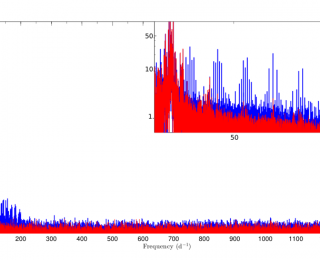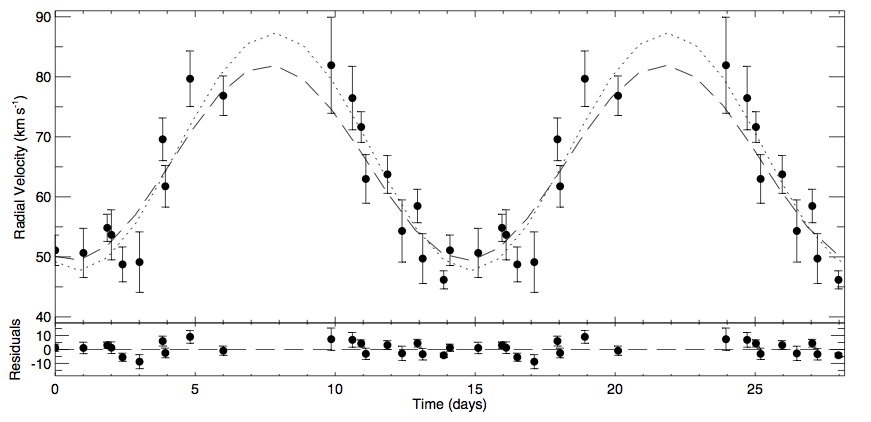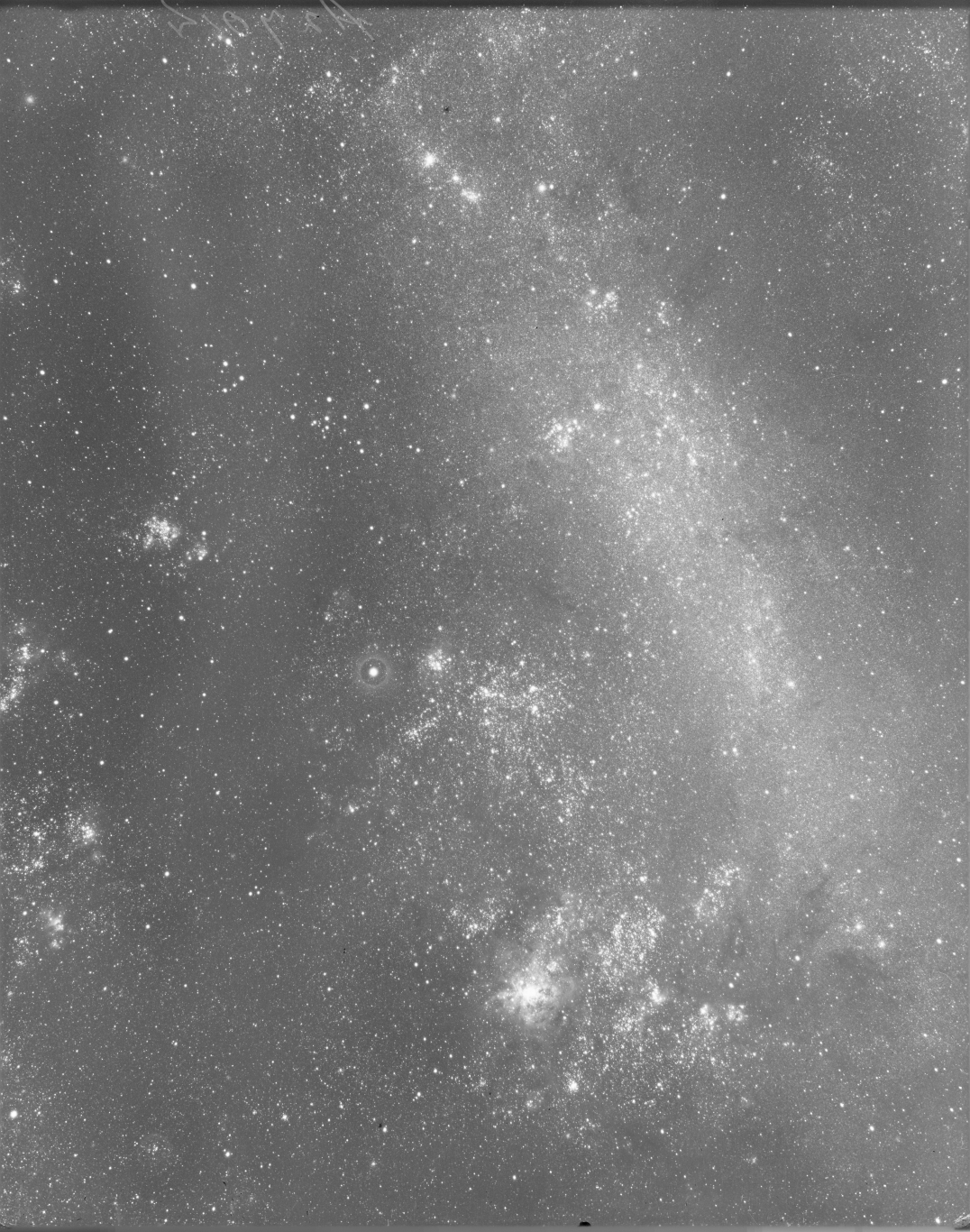
by Meredith Rawls | Oct 24, 2014 | Daily Paper Summaries
Astronomical data gathered over time has gaps. Even the most reliable space telescopes suffer from occasional pauses in their otherwise constant watchfulness. Why are gaps a problem? Can’t astronomers just analyze the short chunks of data that don’t have gaps? The answer: Fourier transforms.

by Yvette Cendes | Dec 16, 2013 | Daily Paper Summaries
Title: Fast Radio Bursts May Originate from Nearby Flaring Stars Authors: Abraham Loeb, Yossi Shvartzvald, Dan Maoz First Author’s Institution: Institute for Theory and Computation, Harvard University Paper Status: MNRAS, in press One of the most intriguing discoveries in radio astronomy in recent years has been the discovery of Fast Radio Bursts (FRBs). Originally called Lorimer bursts after the first (and for some time, only) burst observed, there are currently six of these bursts published in the literature, and astronomers are puzzled because they look very different from any other astronomical signals observed before. They are bright- FRBs are the brightest astronomical phenomena seen in radio frequencies, and they don’t seem to have known counterparts in other wavelengths. They are brief- a burst only lasts a few microseconds, and they don’t seem to repeat. And they have a very high dispersion measure (DM)- a relationship between time and frequency that tells you how far away a signal comes from (explained well in this Astrobite)- which has indicated an extragalactic origin for FRBs. To writ, what exactly FRBs are and where they come from is a mystery.In this paper, the authors decided to take a different track from previous theories about FRB origins that point to extragalactic sources, and instead tackled the option of a much more local origin. Their proposed candidate sources are flare stars– variable stars which can undergo dramatic and unpredictable increases in brightness. Flare stars are typically dim dwarf stars, and some are already known to produce radio bursts with brief rise times on the order of milliseconds, thought to be produced by cyclotron maser mechanisms in the stellar atmospheres. ...

by Elisabeth Newton | Apr 11, 2012 | Daily Paper Summaries
Title: SDSS J184037.78+642312.3: The First Pulsating Extremely Low Mass White Dwarf Authors: J. J. Hermes, M. H. Montgomery, D. E. Winget, Warren R. Brown, Mukremin Kilic, Scott J. Kenyon First Author’s Institution: UT Austin, TX97% of all stars — those with initial masses less than about 8 solar masses — end their lives as white dwarfs (WDs), hot objects with roughly the mass of the Sun but with the radius of the Earth. They have virtually no internal source of energy and so simply cool with time. Some of the coolest white dwarfs have been around for quite a while and are probes of conditions in the early Universe. They are also tracers of galaxy evolution and can be used to date stellar populations. Understanding their nature is key if we are to use white dwarfs for these purposes.Asteroseismology of pulsating white dwarfs is one way to learn about the interior structure of these fascinating objects. Asteroseismologists use stellar vibrations in much the same way as seismologists use earthquakes to study Earth’s interior (see this astrobite and this one). The authors of this paper are on a hunt for DAV WDs. For those of us who don’t speak white dwarf lingo, that’s a white dwarf (“D”) with a hydrogen atmosphere (the “A” subclass) that pulsates (“V” for variable). There are actually quite a few of these DAV WDs, but the 150 we know of are fairly massive for white dwarfs, with masses between 0.5 and 1.1 solar, and are believed to have carbon-oxygen cores. These authors are after a rarer beast: a pulsating helium-core white dwarf, which would have...

by Katherine Rosenfeld | Jun 29, 2011 | Daily Paper Summaries
Corroboration and confirmation is the name of this game. Making the same measurement twice — using a different technique — is a powerful way not only to confirm the initial result, but also the method used. This paper confirms a recent detection of a binary system using light-travel time techniques.

by Elisabeth Newton | Jun 9, 2011 | Daily Paper Summaries
How do stars vary on a hundred year time scale? The DASCH (Digital Access to a Sky Century @ Harvard) Team has been looking back at data taken over the last century in order to answer this question. This paper reports the most recent DASCH discovery, which concerns the star KU Cyg. This is an eclipsing binary system in which a more massive F star is gaining mass from a red giant. The authors noticed a 0.5 magnitude drop in the brightness of the star around 1900 that lasts for five years.

by Katherine Rosenfeld | Jan 19, 2011 | Daily Paper Summaries
With the advent of large photometric surveys, Astronomers must often work through massive amounts of data. One solution to deal with these large numbers is to train computers to do the job. This paper discusses such a computer algorithm to select candidate quasi-stellar objects (QSOs), the bright nuclei of galaxies that each house a supermassive black hole.






